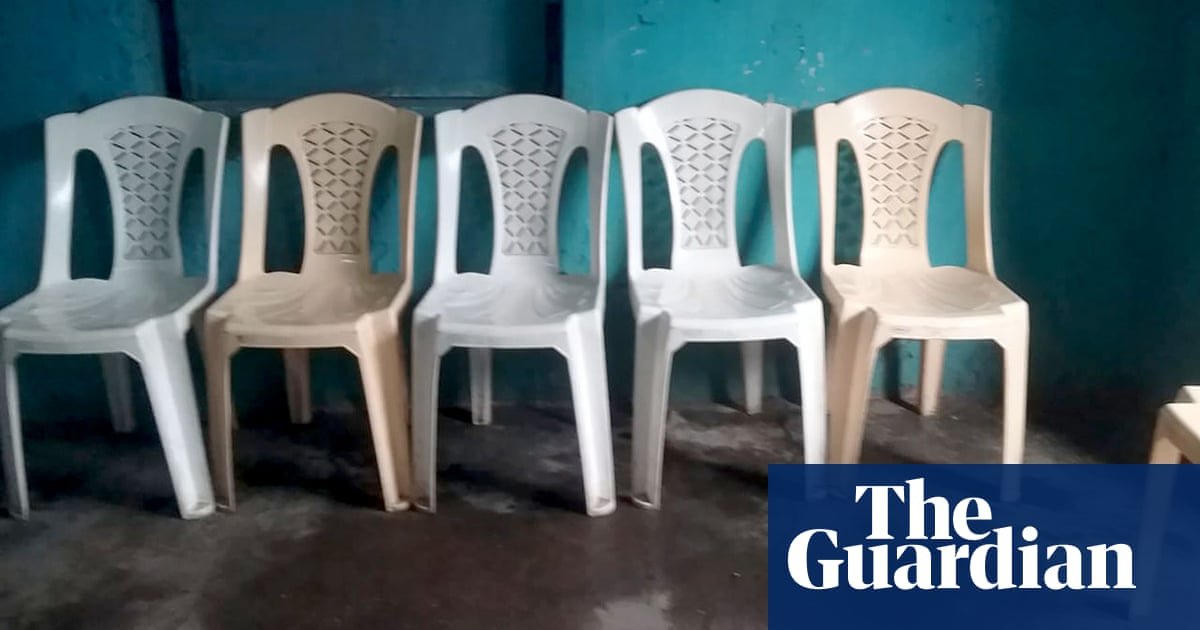
In February 1987, I was sitting in a Jerusalem courtroom, listening to the most harrowing testimony imaginable from survivors of the Nazi death camp at Treblinka, in Poland, where an estimated 700,000-900,000 people were murdered in 1942-43.
The survivors, elderly and frail, were giving evidence in the trial of John Demjanjuk, a Ukrainian-American alleged to have been a notorious camp guard known as “Ivan the Terrible”. He was the one, they said, who operated the engines that pumped the gas into the gas chambers.
But they were wrong. Memories can mislead, and Demjanjuk was not Ivan the Terrible. Documents uncovered in Soviet archives after his trial established that he was almost certainly a guard at another Nazi extermination camp, Sobibor in Poland, where a mere 170,000-250,000 people had been murdered. Demjanjuk, who had been convicted, then acquitted, in Israel, was convicted again at a second trial, this time in Germany, of being an accessory to the murder of 28,060 people at Sobibor.
He died less than a year later, aged 91, before his appeal could be heard.
The challenges faced by prosecutors in the Demjanjuk case help to explain why in Britain only one alleged Nazi war criminal was ever prosecuted and convicted. Andrei Sawoniuk, a Belarusian Nazi police auxiliary, was convicted at the Old Bailey in 1999 on two specimen charges of murder and sentenced to life imprisonment. (He died in Norwich prison in 2005.)
Ancient history? Not if you’re the speaker of the Canadian house of commons, Anthony Rota, who has just been forced to resign after arranging a standing ovation for a 98-year-old alleged Ukrainian Nazi war criminal, Yaroslav Hunka, on the occasion of an official visit by the Ukrainian president, Volodymyr Zelenskiy. (Rota said he had known nothing of the allegations relating to Hunka.) And not if you’re a war crimes investigator working to gather evidence relating to atrocities in Ukraine and Syria in the hope of bringing at least some of those responsible to justice. As the Demjanjuk case proved, identification evidence alone is not enough. You need documents, photographs and forensic scene-of-crime evidence to help build a case that will convince a jury beyond reasonable doubt.
According to a new book examining the UK’s record of investigating the estimated 400 Nazi collaborators who fled to Britain at the end of the Second World War, even after the passing of the War Crimes Act in 1991, government lawyers were still heavily influenced by the Demjanjuk case. The book, Safe Haven, by Jon Silverman and Robert Sherwood, quotes a senior Treasury counsel, Sir John Nutting: “One thing which was absolutely clear to us right from the start was that we would not proceed with a case which depended on identification.”
As the Observer has highlighted in recent weeks, the UK still has unfinished business relating to Nazi war crimes. On the Channel Island of Alderney, occupied by the Nazis for five years after they invaded in June 1940, the truth of how many people died in Nazi slave labour camps on the island has yet to be established, after allegations that British officials deliberately covered up the scale of the atrocities committed. A government inquiry has now been set up, under the former Conservative minister Eric Pickles, to examine the evidence.
It is nearly 80 years since the end of the Second World War. There will be no more trials of alleged Nazi war criminals but historians and researchers believe that there are still important lessons to be learned about how the law can best be used to bring other war criminals to justice.
It is too late for those like my grandmother, Ilse Cohn, who was murdered in Lithuania in November 1941 by a Nazi death squad under the command of the SS colonel Karl Jäger. He was one of several hundred thousand men and women who were never prosecuted for the roles they played during the Holocaust. (He was finally arrested in 1959 but killed himself in custody before he could be brought to trial.)
It is also too late for the descendants of all the victims of Harijs Svikeris, a senior officer in the Latvian auxiliary security police, who settled in Milton Keynes after the war and was never prosecuted.
Or for the victims of Anton Gecas, a former Lithuanian police auxiliary who settled in Edinburgh in the 1940s and about whom the former procurator fiscal Gavin Ruxton, quoted in Safe Haven, has said: “I have little doubt that… Anton Gecas is a war criminal but I am afraid that I am equally convinced that we cannot prove a relevant charge against him in a criminal court. While it may be possible to establish his wartime activities to the satisfaction of historians… there is, in my view, too great a gulf between what we know and what we can prove for any prosecution to succeed.”
Finding a way to bridge that gulf is the challenge that now confronts all war crimes investigators and lawyers.
Robin Lustig is a former presenter of The World Tonight on BBC Radio 4 and Newshour on BBC World Service












